1921 (Taisho 10) Monday, May 2 China’s Jing-Sui railway opened. Gui-Sui station (now Hohhot Station) opened, and Beijing – Zhangjiakou – Datong – along with 653.6 km of Gui-Sui were connected by railway. In January 1923, 2 years later, the line will extend another 165 km from Gui-Sui to the terminal point of Baotou, and a loan of 3 million yen from Japan was used to construct this section. Before the New Shikoku Loan Program, which was established by the open door policy of the United States, Japan adopted the form of loans from Toa Kogyo, a private company. However, this loan has developed into an intense diplomatic problem.
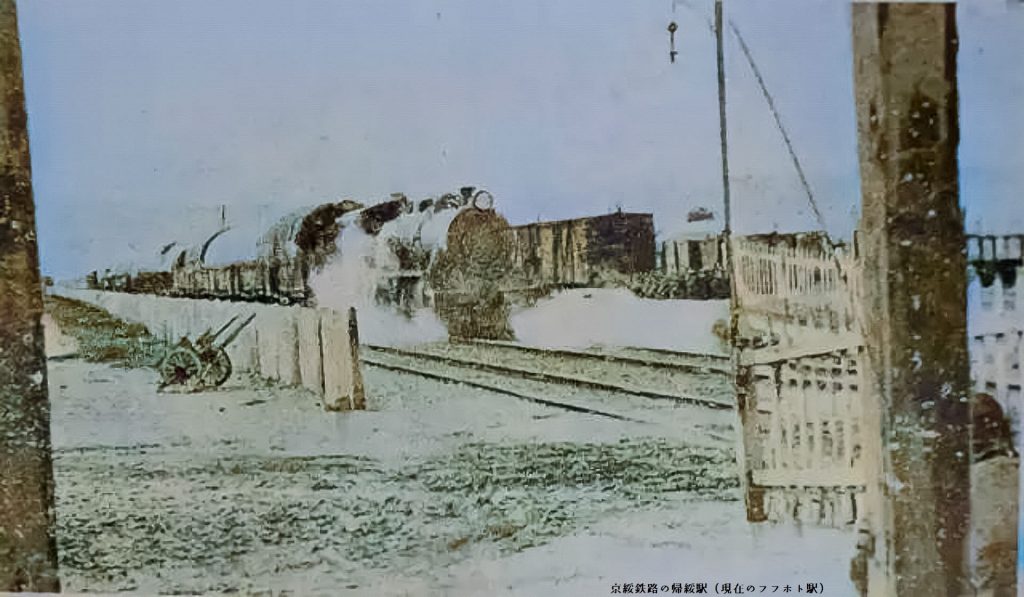
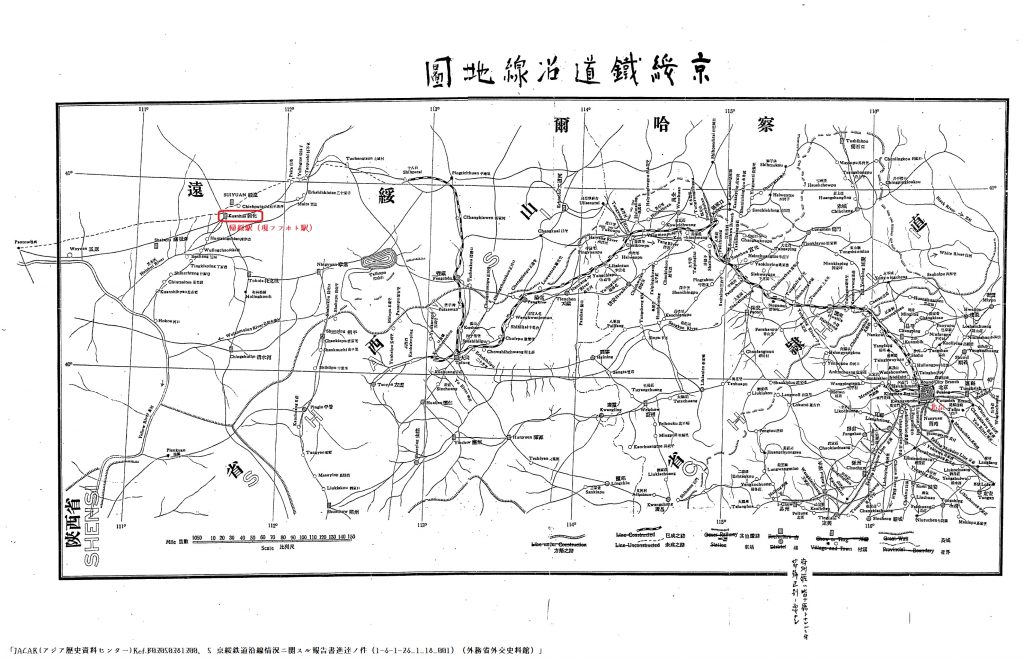
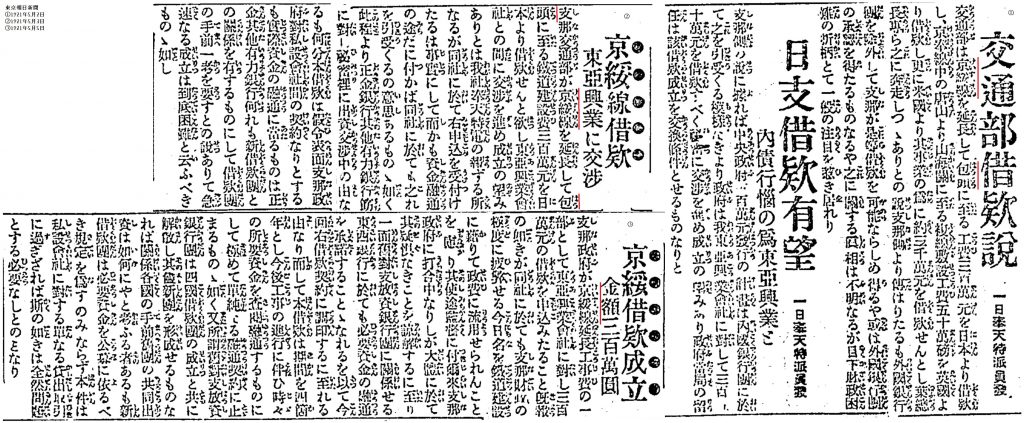
This Toa Kogyo was founded in 1909 (Meiji 42) by Eichi Shibusawa as a national policy company for the development of the Sino-Japanese economy and was capitalized at 1 million yen and located at the head office in Kojimachi, Tokyo. Its main business was research and design of railways, civil engineering, mining, shipbuilding, and electricity in China, and its major shareholders were Zaibatsu companies such as the Industrial Bank of Japan, Mitsui, Mitsubishi, Yasuda, and Sumitomo. The company developed projects such as investment in various projects in China such as Hanguo Suiden, Wuchang Deng, and Jiangwean Railway, low-interest loans for public works, and housing construction, and played a role as a window for Japanese capital investment in China for a while.
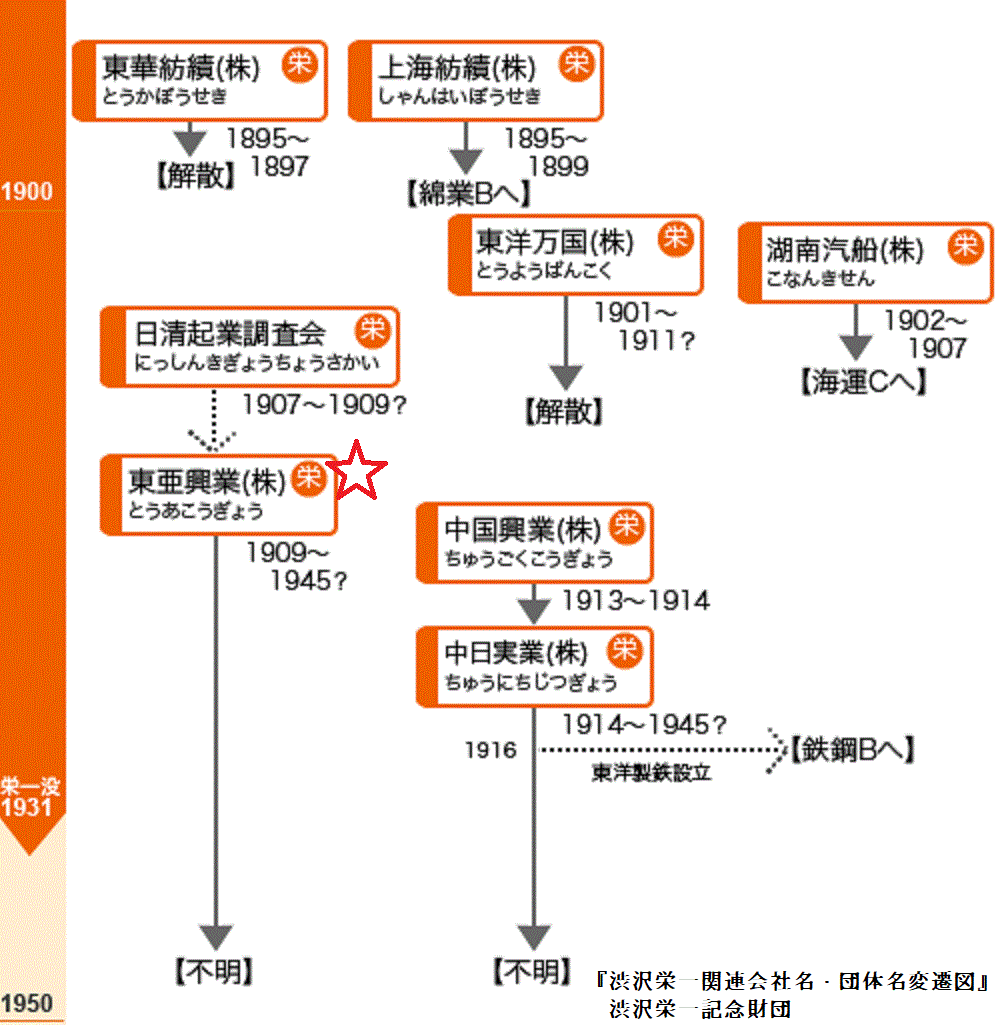
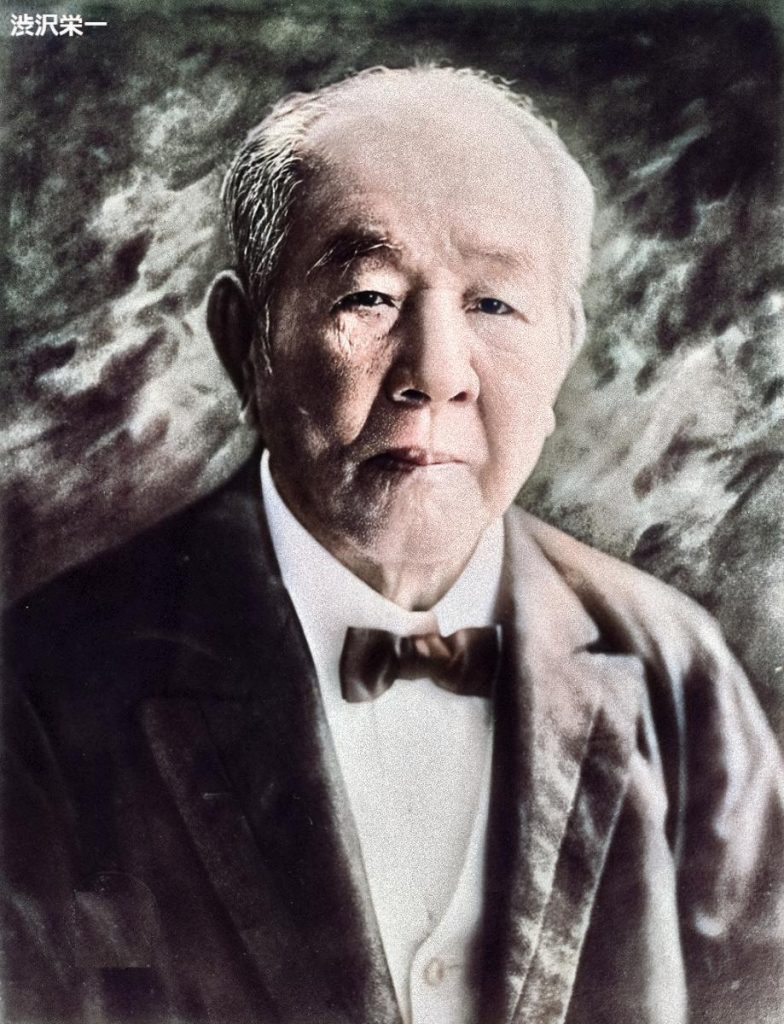
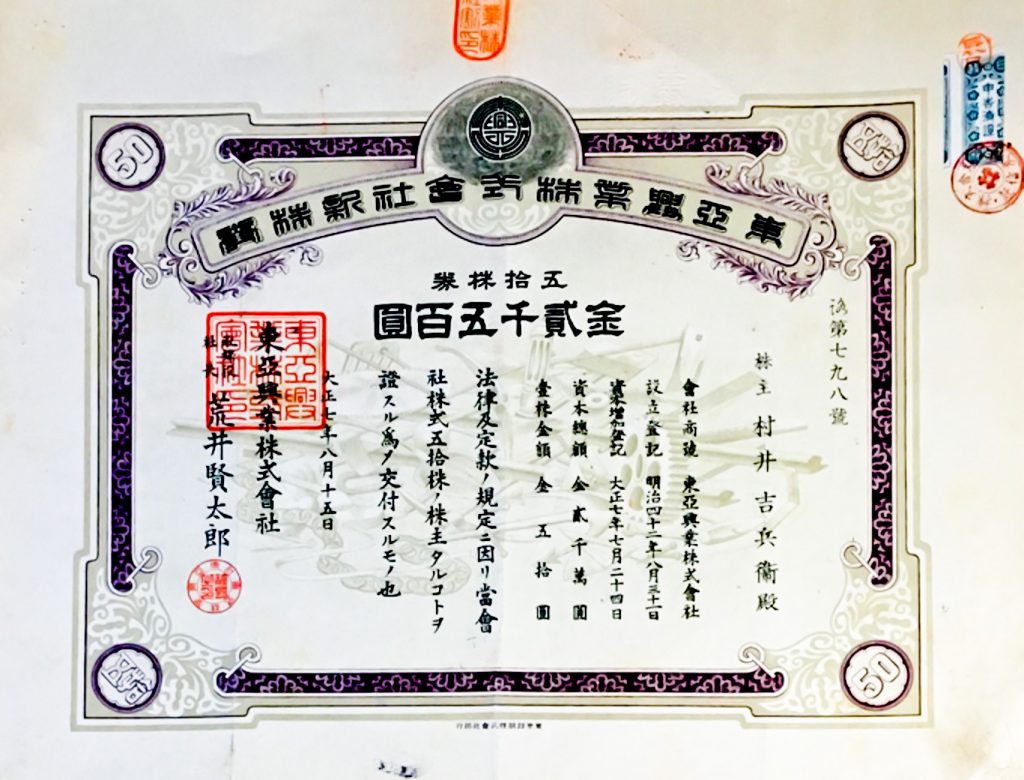
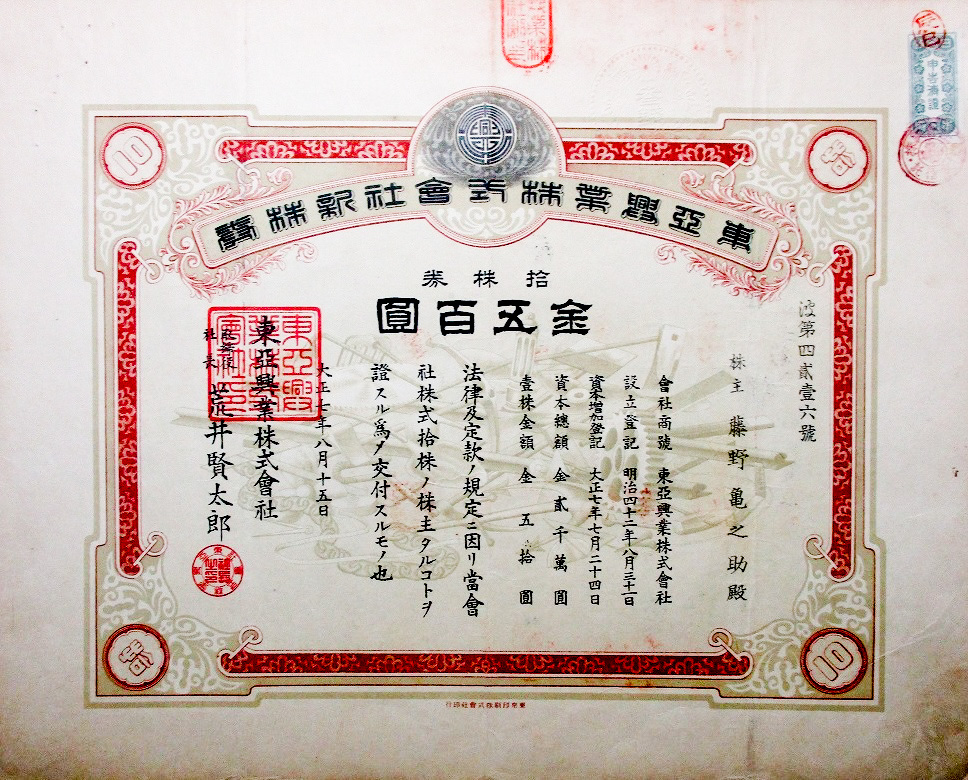

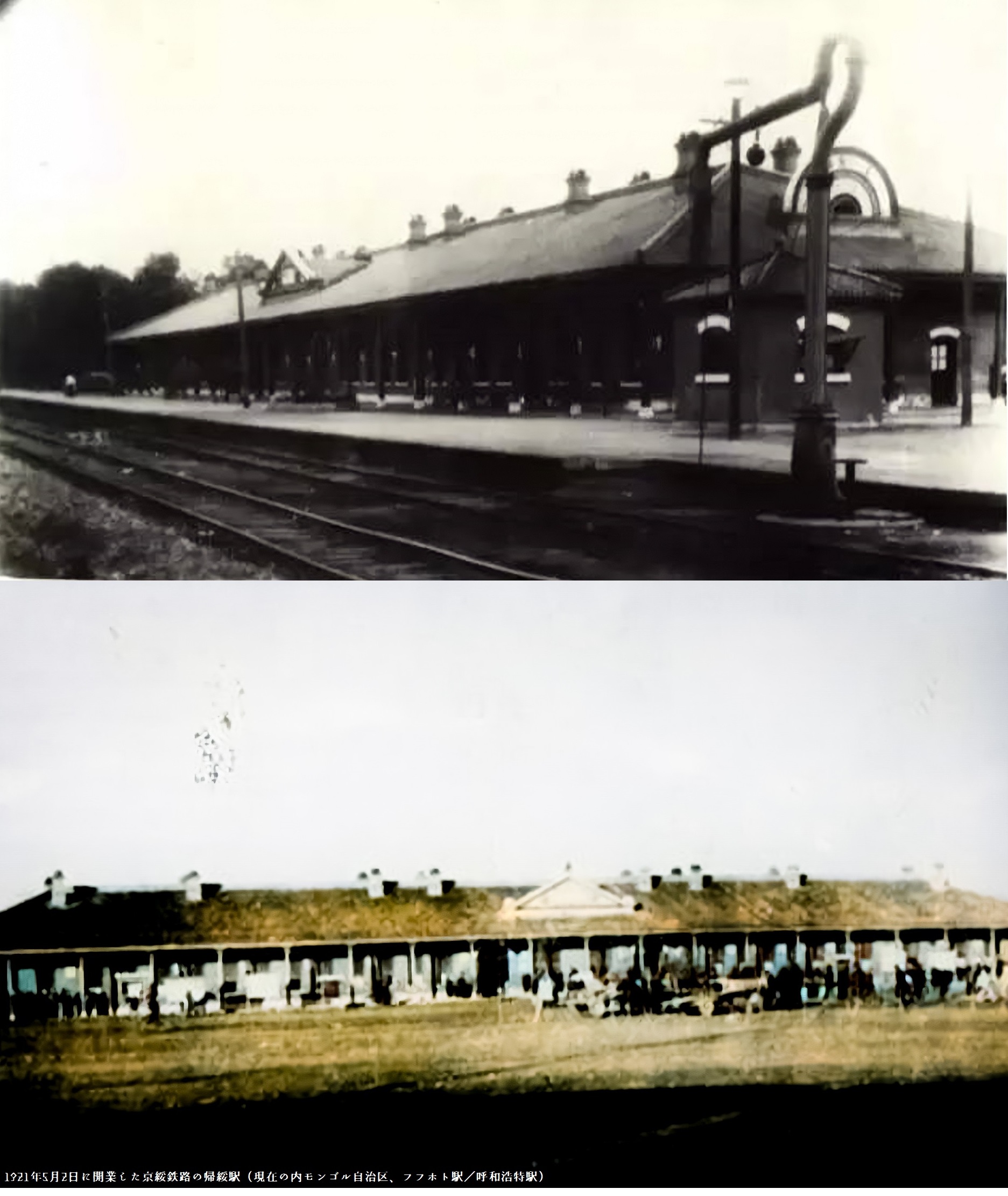

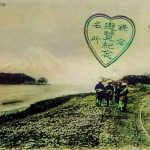


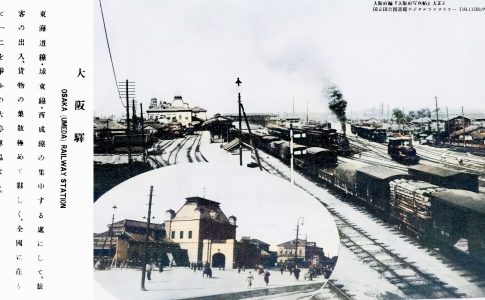




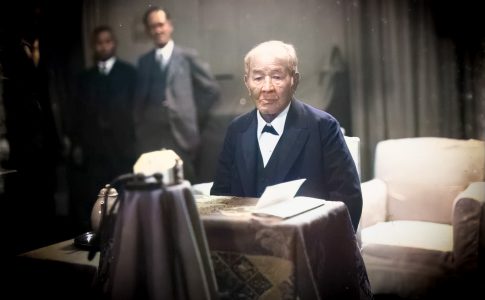
Leave a Reply